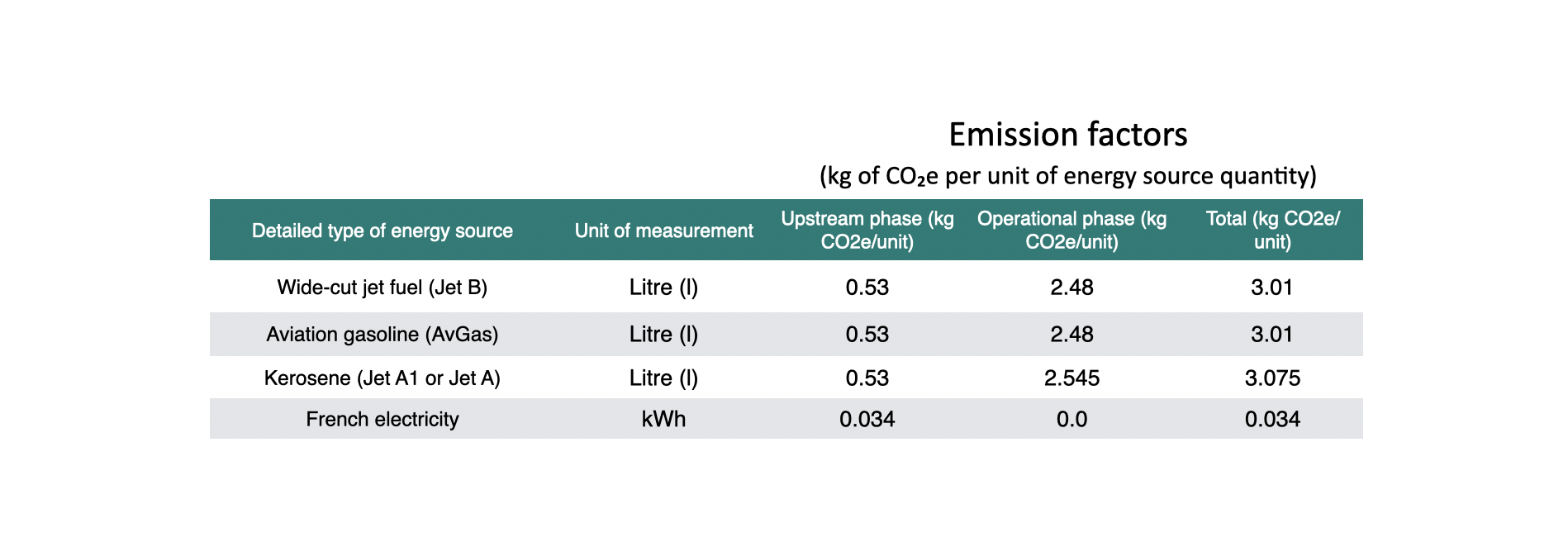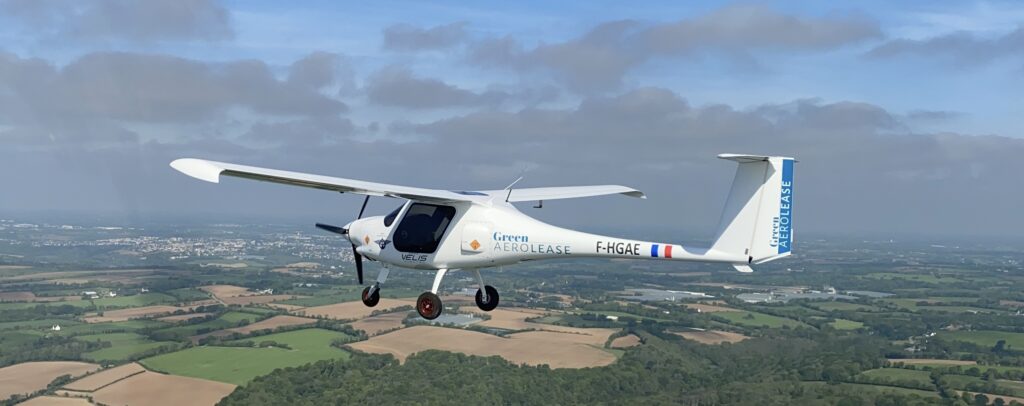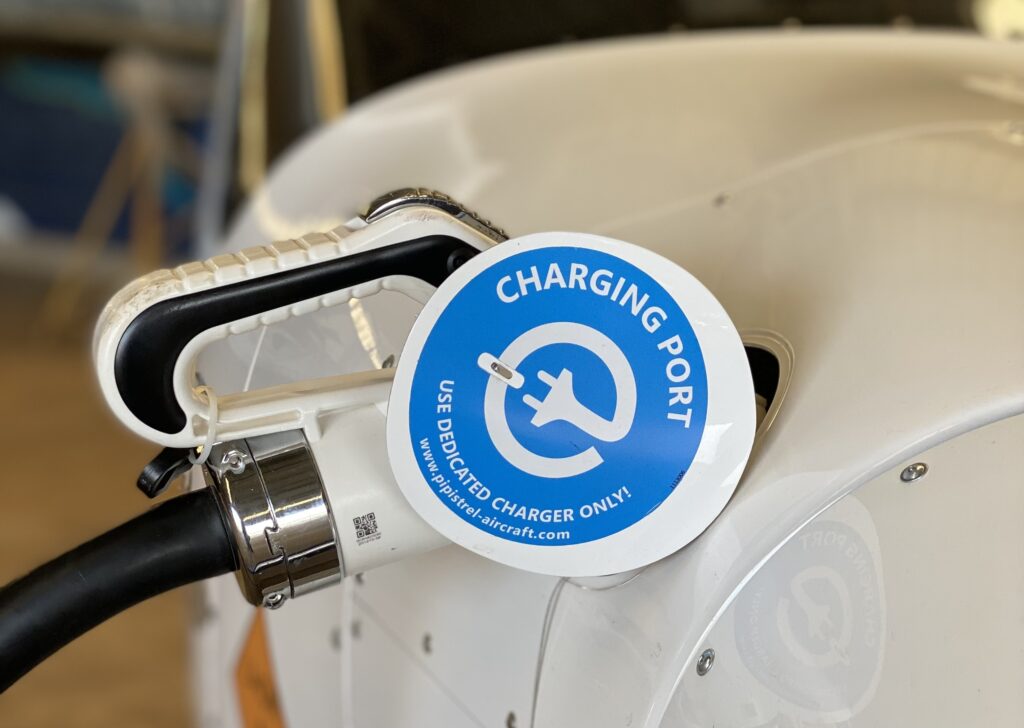Type of Propulsion and Associated CO2 Emissions
Today, four types of operational aviation fuels exist: wide-cut jet fuel (Jet B), kerosene (Jet A1 or A), aviation gasoline (AvGas), and electricity. The calculations below provide a detailed understanding of the CO2 emissions associated with each of them.
Emission Assessment
First, let’s define the scope of our calculations. For a comprehensive comparison between energy sources, it is essential to evaluate the emissions generated during both their operation and production.
- Operational Phase: Corresponds to the use of the aircraft, meaning the combustion of the energy source.
- Upstream Phase: Includes all activities required to supply the aircraft with its energy source, whether fuel or electricity.
- Traditional Fuels: Oil extraction, refining, and fuel distribution from the refinery to the pump.
- Electricity: Extraction of the fuel used in the power plant, transport, and emissions associated with its use in electricity generation.
Note: The upstream emissions of electricity vary depending on the geographical location of the energy supply.
Calculation of the Emission Factor
The calculation of the emission factor determines the number of kg of CO₂ emitted per liter or kWh used.
The emission factor for Jet B, AvGas, Jet A1, or Jet A is based on the Greenhouse Gas (GHG) information report on transport services from the French Ministry of Ecological Transition (September 2018). As for electricity, its emission factor is derived from the website electricitymaps.com (September 2022 to September 2023), considering that, by nature, electricity does not emit CO₂ during the operational phase.
Le jet B ainsi que l’AvGas émetent donc 3,01kg CO2 par litre de carburant consommé.
Le Jet A1 ou Jet A émet 3,075kg de CO2 par litre de carburant consommé.

Going Further: Comparison Between the Velis Electro and Another Training Aircraft
Considering the average cruise consumption of French aeroclub and flight school aircraft at 30 liters per flight hour using AvGas, and the Velis Electro’s cruise consumption of 22 kWh per flight hour using electricity produced in France:
A Velis Electro emits approximately 0.85 kg of CO₂ per flight hour.
A typical airclub or flight school aircraft emits approximately 90.3 kg of CO₂ per flight hour.

Flying an electric aircraft like the Velis Electro reduces operational CO₂ emissions by 89.59 kg per hour, representing a 99+% reduction compared to a conventional thermal aircraft on the same flight.

*Source : Information GES des prestations de transport – Guide méthodologique 2018
Contact us
